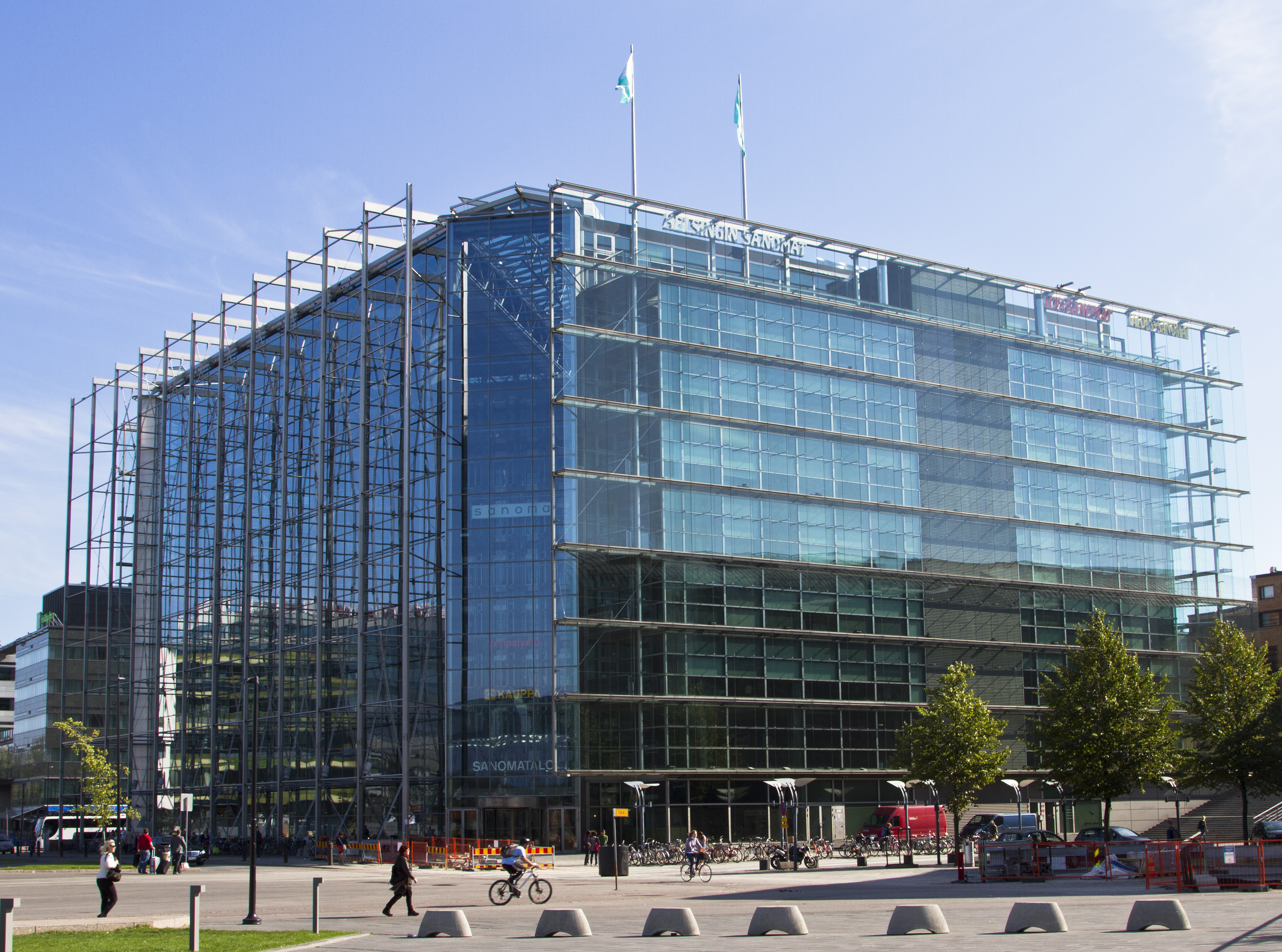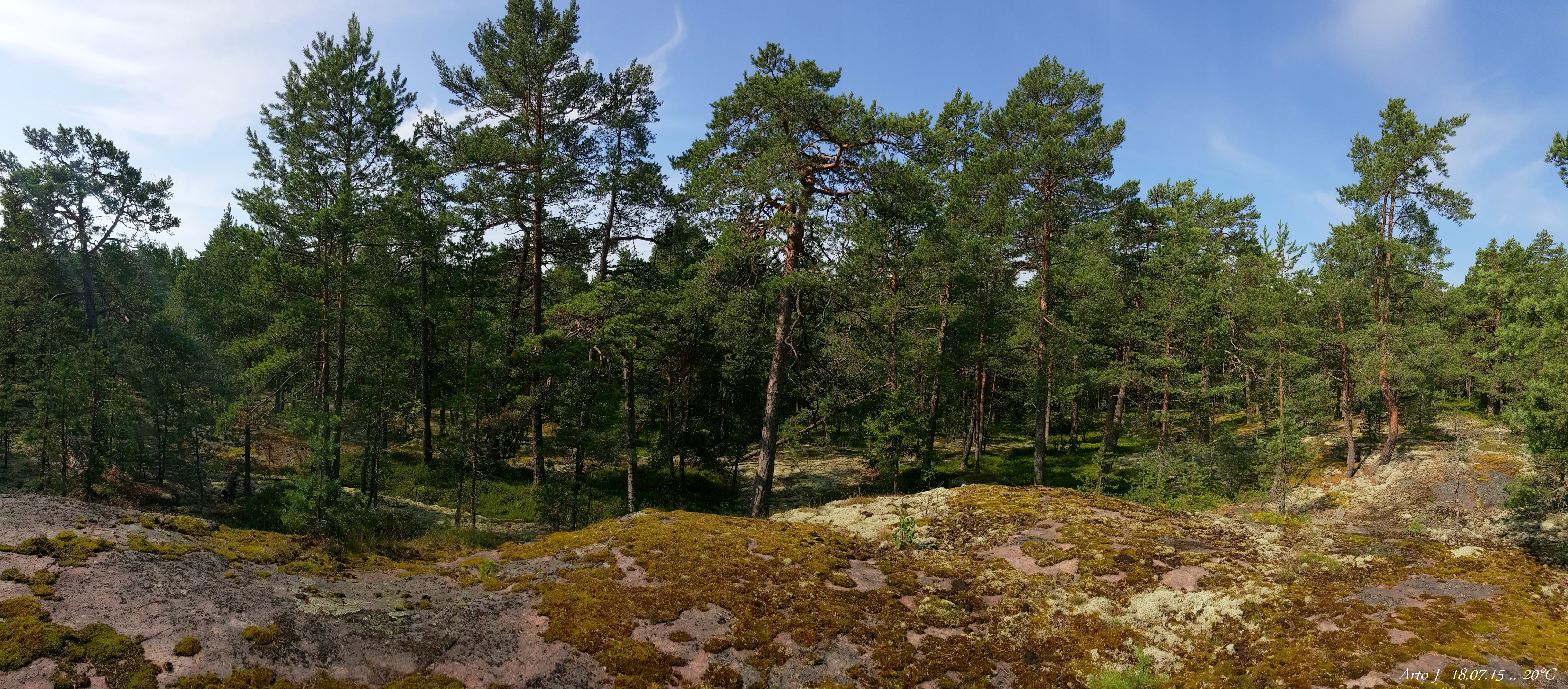|
Espoo Outdoor Islands
The Espoo outdoor islands are territories owned by the city of Espoo, Finland, which are suitable for hiking, and some of which are suitable for overnight camping. The city of Espoo has twelve outdoor islands. There are public boat connections to Iso Vasikkasaari and to the outer islands of Stora Herrö, Rövaren and Gåsgrund. The M/S ''Aurora'' departs from Otaniemi and the M/S ''Tuulikki'' from Kivenlahti. It is possible to land with one's own boat in Knapperskär, Kaparen, Rövargrundet, Fölisholmen and Tvijälp in Westend, Espoo, Westend. Knapperskär and Fölisholmen are suitable for overnight tenting, and the islands have barbecue facilities and dry toilets. There is a small cabin built by the local hunting society on Knapperskär, which is normally not open to the public. Stora Herrö The southern edge of the 44.3 hectare Stora Herrö is on the side of Kirkkonummi. The northeastern point of the island is owned by Espoo and is suitable for outdoor hiking. The forest is par ... [...More Info...] [...Related Items...] OR: [Wikipedia] [Google] [Baidu] |
Estonia
Estonia, formally the Republic of Estonia, is a country by the Baltic Sea in Northern Europe. It is bordered to the north by the Gulf of Finland across from Finland, to the west by the sea across from Sweden, to the south by Latvia, and to the east by Lake Peipus and Russia. The territory of Estonia consists of the mainland, the larger islands of Saaremaa and Hiiumaa, and over 2,200 other islands and islets on the eastern coast of the Baltic Sea, covering a total area of . The capital city Tallinn and Tartu are the two largest urban areas of the country. The Estonian language is the autochthonous and the official language of Estonia; it is the first language of the majority of its population, as well as the world's second most spoken Finnic language. The land of what is now modern Estonia has been inhabited by '' Homo sapiens'' since at least 9,000 BC. The medieval indigenous population of Estonia was one of the last " pagan" civilisations in Europe to adopt Ch ... [...More Info...] [...Related Items...] OR: [Wikipedia] [Google] [Baidu] |
Helsingin Sanomat
''Helsingin Sanomat'', abbreviated ''HS'' and colloquially known as , is the largest subscription newspaper in Finland and the Nordic countries, owned by Sanoma. Except after certain holidays, it is published daily. Its name derives from that of the Finnish capital, Helsinki, where it is published. It is considered a newspaper of record for Finland. History and profile The paper was founded in 1889 as ''Päivälehti'', when Finland was a Grand Duchy under the Tsar of Russia. Political censorship by the Russian authorities, prompted by the paper's strong advocacy of greater Finnish freedoms and even outright independence, forced Päivälehti to often temporarily suspend publication, and finally to close permanently in 1904. Its proprietors re-opened the paper under its current name in 1905. Founded as the organ of the Young Finnish Party, the paper has been politically independent and non-aligned since 1932. During the Cold War period ''Helsingin Sanomat'' was among the Finn ... [...More Info...] [...Related Items...] OR: [Wikipedia] [Google] [Baidu] |
Ivar Heikel
Ivar August Heikel (16 January 1861 – 8 October 1952) was a Finnish philologist and intellectual historian. He was the nephew of priest and educator Henrik Heikel. He was also the cousin of gymnastics teacher Viktor, educator Anna, banker and politician Felix, and ethnographer Axel Heikel as well as maternal grandfather to sociologist Erik Allardt. Heikel was born in 1861 in Nykarleby, Finland to pastor August Heikel and Aurora Emilia née von Knorring and had seven siblings. Heikel became associate professor (docent) of Classical Philology at the University of Helsinki in 1885 and was professor of Greek Literature between 1888 and 1926. He was rector of the university from 1907–1911 and 1920–1922. In his extensive writings he dealt mainly with ancient subjects. He developed a particular interest in early Christian scholar Eusebius of Caesarea. As emeritus, he devoted himself to translation work as well as translating Eusebius' ''Church History'' into Swedish and Finnish ... [...More Info...] [...Related Items...] OR: [Wikipedia] [Google] [Baidu] |
Abel Landén
Abel ''Hábel''; ar, هابيل, Hābīl is a Biblical figure in the Book of Genesis within Abrahamic religions. He was the younger brother of Cain, and the younger son of Adam and Eve, the first couple in Biblical history. He was a shepherd who offered his firstborn flock up to God as an offering. God accepted his offering but not his brother's. Cain then killed Abel out of jealousy. According to Genesis, this was the first murder in the history of mankind. Genesis narrative Interpretations Jewish and Christian interpretations According to the narrative in Genesis, Abel ( ''Hébel'', in pausa ''Hā́ḇel''; grc-x-biblical, Ἅβελ ''Hábel''; ar, هابيل, ''Hābēl'') is Eve's second son. His name in Hebrew is composed of the same three consonants as a root meaning "breath". Julius Wellhausen has proposed that the name is independent of the root. Eberhard Schrader had previously put forward the Akkadian (Old Assyrian dialect) ''ablu'' ("son") as a more likely ety ... [...More Info...] [...Related Items...] OR: [Wikipedia] [Google] [Baidu] |
Iso Vasikkasaari
Iso Vasikkasaari is one of the outdoor islands in Espoo, Finland. It is located about a kilometre east-southeast from the Nuottaniemi boat harbour in Matinkylä. The island is officially part of Matinkylä, the shortest distance between the island and the continent is less than half a kilometre. A distinctive feature of the island is its local nomenclature related to ancient Greece. Geography The surface area of Iso Vasikkasaari is about 24 hectares. Except for a private property lot at its northwestern corner, the island is a public outdoor area. The northern part of the island is quite cultured, while the southern part is mostly natural. The nature on the island is quite vivid. Its coast is surrounded by grass and meadows. There are alders growing on the coasts, and going inland on the southern part of the island goes via a hill growing with spruces up to cliffs with lichens on them, growing with pines.Hentman, Raija: "Espoo ja Kauniainen", ''Pääkaupunkiseudun retkeilyopas' ... [...More Info...] [...Related Items...] OR: [Wikipedia] [Google] [Baidu] |
Tallinn
Tallinn () is the most populous and capital city of Estonia. Situated on a bay in north Estonia, on the shore of the Gulf of Finland of the Baltic Sea, Tallinn has a population of 437,811 (as of 2022) and administratively lies in the Harju ''maakond'' (county). Tallinn is the main financial, industrial, and cultural centre of Estonia. It is located northwest of the country's second largest city Tartu, however only south of Helsinki, Finland, also west of Saint Petersburg, Russia, north of Riga, Latvia, and east of Stockholm, Sweden. From the 13th century until the first half of the 20th century, Tallinn was known in most of the world by variants of its other historical name Reval. Tallinn received Lübeck city rights in 1248,, however the earliest evidence of human population in the area dates back nearly 5,000 years. The medieval indigenous population of what is now Tallinn and northern Estonia was one of the last " pagan" civilisations in Europe to adopt Christianit ... [...More Info...] [...Related Items...] OR: [Wikipedia] [Google] [Baidu] |




